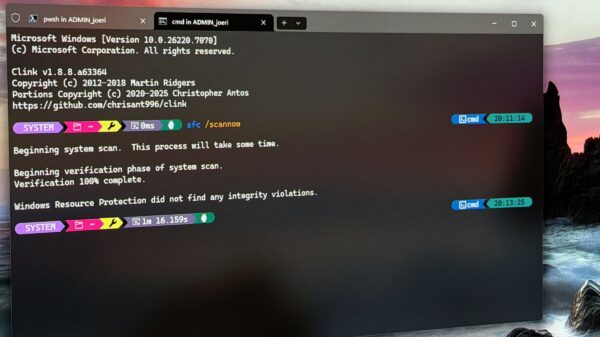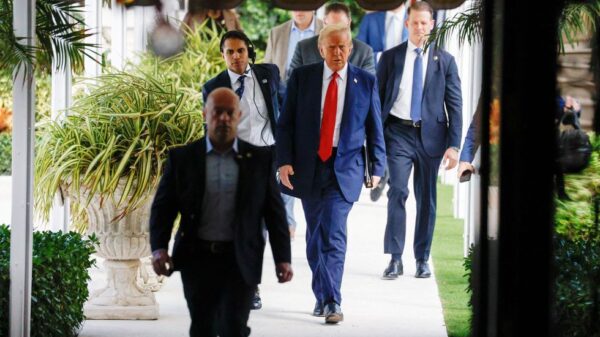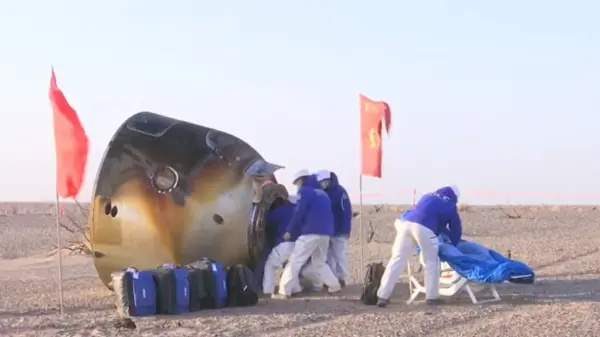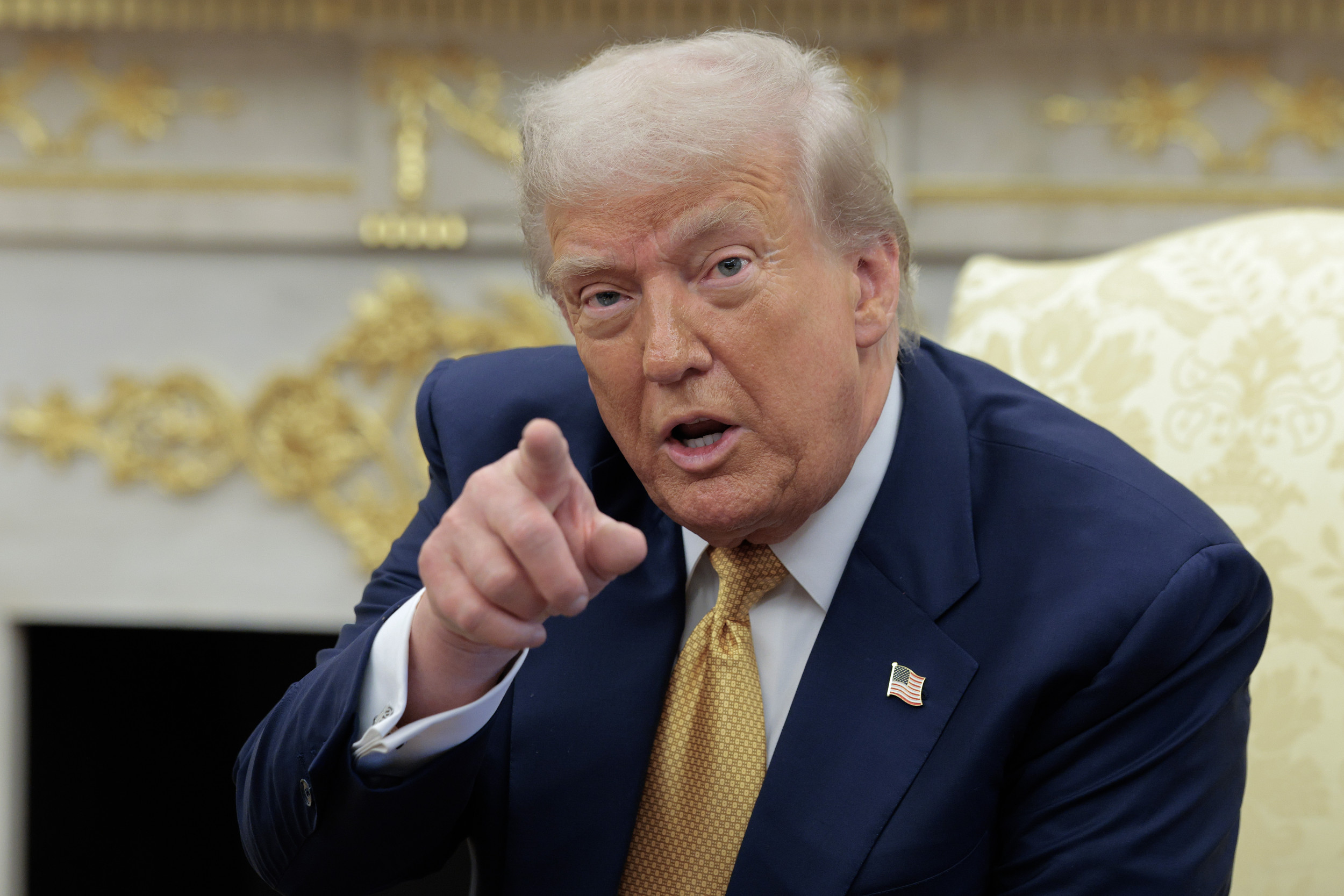URGENT UPDATE: President Donald Trump is racing against the clock as a recent federal ruling strips him of key tariff powers, leaving only secondary sanctions as a viable option to exert economic pressure on Russia. This development follows a dramatic escalation in hostilities, with Russia launching over 600 missiles at Kyiv, marking its second-largest barrage since the war began.
The ruling, delivered on August 29, 2025, by a federal appellate court, effectively dismantles Trump’s longstanding strategy of using tariffs as the primary tool of economic statecraft. The court found that Trump’s broad application of tariffs violated the International Emergency Economic Powers Act (IEEPA), leaving him with limited options as international tensions rise.
Trump’s previous threats, including a potential 100 percent tariff on Russian oil and a 25 percent tariff on India for continuing energy purchases from Russia, have stalled. The international community is closely observing the U.S. response, as the lack of enforcement could embolden further aggression from Moscow.
The implications of this court ruling are profound. Trump’s administration has relied heavily on tariffs to project strength without significant follow-through. With the IEEPA’s legal framework weakened, secondary sanctions are now the only path forward. Trump must act decisively and implement real enforcement measures against countries like India, Turkey, and China that may be funding Russia’s war efforts.
Time is running out. Trump introduced the concept of secondary sanctions this summer, warning that countries assisting Russia would face penalties. However, implementation has been inconsistent, with a grace period followed by delays and no substantial measures taken. The absence of credible enforcement has raised doubts about the U.S. commitment to holding adversaries accountable.
The clock is ticking toward a critical deadline on September 29, 2025. If Trump fails to impose meaningful secondary sanctions by then, it may signal a collapse of his economic pressure strategy. The potential fallout is significant: Russia may perceive inaction as a sign of weakness, while other nations like China and India will be watching closely to gauge America’s resolve.
This isn’t simply a policy challenge; it’s a test of U.S. credibility on the global stage. The State Department and the Office of Foreign Assets Control (OFAC) are reportedly ready to act, and bipartisan support for a sanctions package exists in Congress. However, without swift action, the opportunity to deter further Russian aggression may slip away.
As the situation develops, the international order watches anxiously. Will Trump rise to the occasion and enforce the secondary sanctions he has threatened, or will his rhetoric fall flat in the face of escalating global tensions? The coming weeks are crucial as the U.S. navigates this precarious geopolitical landscape, and the consequences of inaction could reshape international relations for years to come.
Stay tuned for updates as this story continues to unfold.



































































